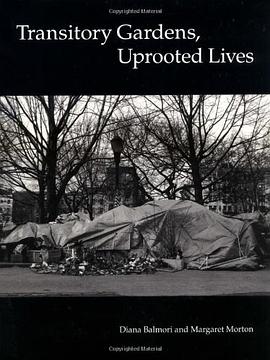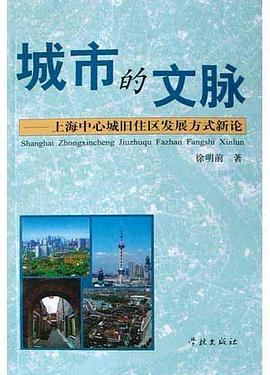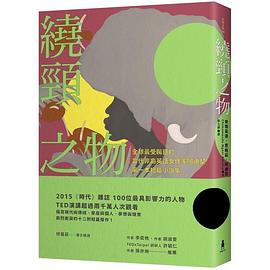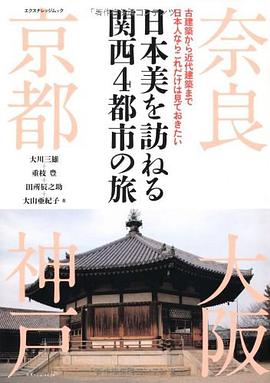

Jimmy's garden on the Lower East Side of Manhattan - an assortment of stones and garbage bags, five tires, a chair, a skid, a refrigerator shelf, some ailanthus trees and goldfish, a wooden fence, and a pond with water carried by hand from a nearby fire hydrant - was recently bulldozed by the city. Jimmy then disappeared. Anna's garden is surrounded by a tall chainlink fence and filled with a menagerie of dolls and stuffed animals. The animals are whole, the dolls are maimed. Anna is a recluse who speaks to no one. The neighbors say she was in a concentration camp as a child. Gardens have always been associated with wealth and leisure, viewed as an addition to home. In this remarkable book a landscape architect and a photographer show us, in word and pictures, gardens built by homeless or impoverished New York City inhabitants. Like traditional gardens, these spaces are designed for pleasure, social activity, or private retreat. Unlike traditional gardens, they are connected to an active and ephemeral use of the land. Transitory gardens speak the language of our times: here we find the reuse of nearly everything discarded, a sparing use of water and plant materials, an economical treatment of space, and a penchant for icons, toys, flags, and symbols of freedom and nationality. The gardens expand our definition of what makes a garden and what its design means for its creator. Diana Balmori's commentary and Margaret Morton's photographs combine with the gardenmakers' own descriptions to encourage us to take note of gardens grown in unlikely places, on abandoned, littered lots, bounded by debris. By focusing on what homeless people make not for material comfort but from social andspiritual need, the book offers insight into both the meaning of landscape and the place of a garden in the life of an individual under duress.
具體描述
讀後感
評分
評分
評分
評分
用戶評價
相關圖書
本站所有內容均為互聯網搜索引擎提供的公開搜索信息,本站不存儲任何數據與內容,任何內容與數據均與本站無關,如有需要請聯繫相關搜索引擎包括但不限於百度,google,bing,sogou 等
© 2025 qciss.net All Rights Reserved. 小哈圖書下載中心 版权所有




















